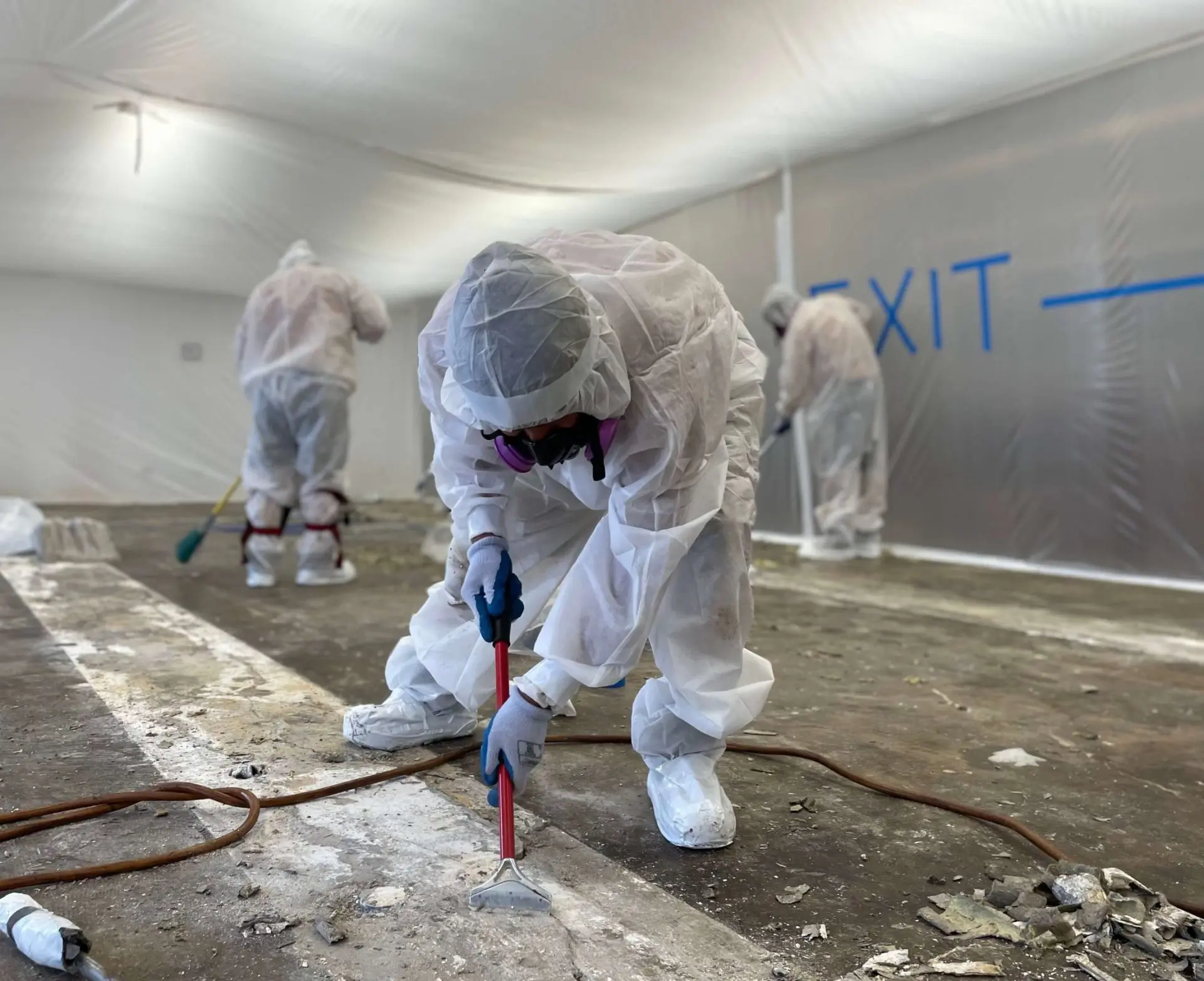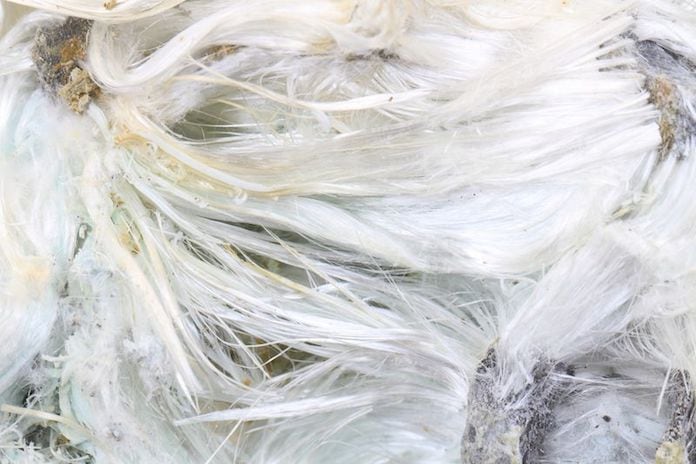Throughout much of the mid-20th century, asbestos was a popular material in home construction due to its durability, heat resistance, and insulating properties. Especially from the 1940s through the 1970s, builders widely used it in homes, schools, and other structures across the United States. It was commonly added to building materials for fire resistance, sound insulation, and thermal efficiency.
Asbestos’s versatility made it a staple in everything from roofing to insulation—until it was discovered that exposure to airborne asbestos fibers could pose serious health risks.


Asbestos can’t be identified just by looking at it—accurate testing requires specialized lab analysis. Depending on the material in question and the conditions of your home, different types of laboratory techniques may be used to confirm the presence of asbestos:
Polarized Light Microscopy (PLM): Commonly used for solid or “bulk” materials such as insulation, siding, or ceiling texture. This method is cost-effective and distinguishes asbestos from other fibers like cellulose or fiberglass.
Phase Contrast Microscopy (PCM): Typically used for air quality sampling. While it can’t specifically confirm asbestos, it can detect if airborne fibers are present—often used as a screening method during or after abatement projects.
Transmission Electron Microscopy (TEM): The most advanced and detailed method available. TEM can positively identify asbestos at very small concentrations, including in air samples and wipe samples from surfaces. It is often used for final clearance testing or in sensitive environments.
Our team helps determine which testing method is most appropriate for your home and ensures that samples are collected safely, following all regulatory protocols.
In many cases, asbestos can remain safely in place if it’s in good condition and not likely to be disturbed. Materials like old siding, roofing, or intact floor tiles may contain asbestos but typically pose low risk if they’re undamaged.
However, certain types of asbestos—especially in thermal insulation, pipe wrap, and boiler lagging—can be hazardous. These materials may degrade over time or become disturbed during repairs or remodeling. If you suspect your home contains these types of materials, professional testing is the safest way to assess the risk and make informed decisions.
If you’re unsure whether your home contains hazardous materials, don’t take chances. Our team provides certified testing, clear reporting, and expert guidance—so you can move forward with confidence.
Contact us today to schedule an inspection or request a customized consultation. Whether you’re planning renovations, addressing a concern, or just want peace of mind, we’re here to help.